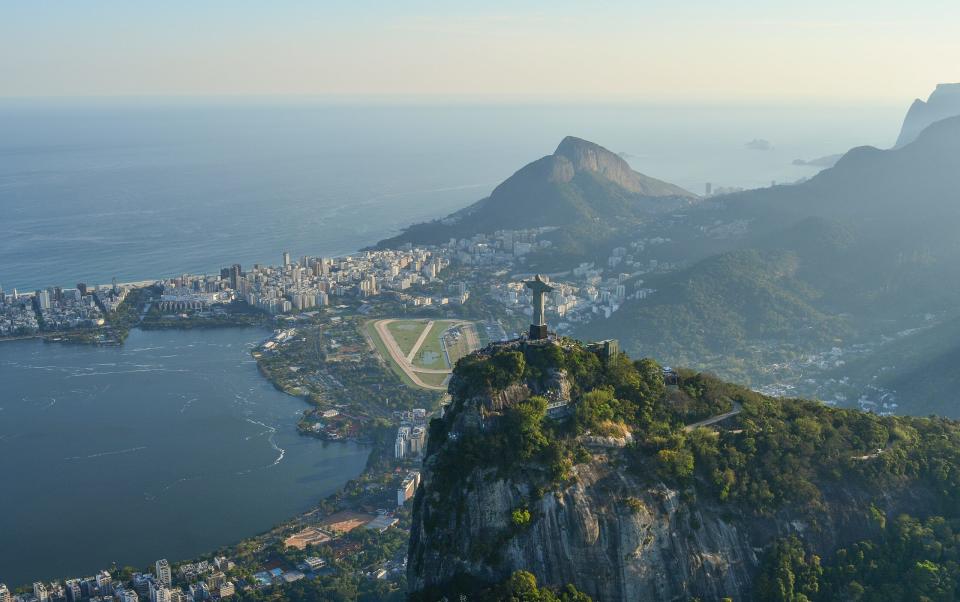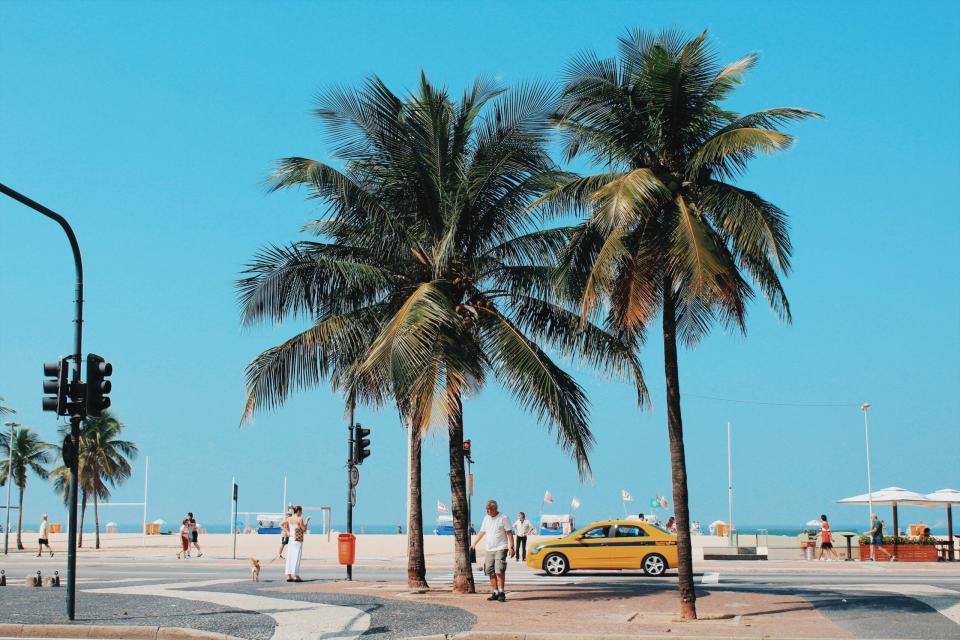Is Rio de Janeiro Safe To Visit? A Traveler’s Safety Guide

Rio de Janeiro is a seaside city in Brazil. It is famous for its beaches and the iconic Christ the Redeemer statue on top of Mount Corcovado. Brazil’s culture is known for its ethnic diversity and penchant for celebration, so travelers are in for a treat. Rio de Janeiro is one of the most visited South American cities and it has plenty to offer tourists. Along with its gorgeous views that seem almost unreal, Rio de Janeiro has an array of popular attractions that are unique to the beachfront city.
Known to locals as “Cidade Maravilhosa,” which translates to the “wonderful” or “marvelous city,” Rio de Janeiro certainly lives up to its nickname with its lively atmosphere. The natural environment of Rio is spectacular and is one of the most sought after features of the area. The landscape is dramatically diverse and has mountains surrounded by lush forests, large bays, the Amazon Rainforest, beaches, lagoons and of course, the cityscape. Rio is an important destination for Brazil’s culture and hosts many popular attractions that are world famous. Carnival is one example of the cultural attractions fostered by the city. Carnival is held every year in Rio and is considered the biggest carnival in the world. It is a festival of Brazil that has vibrant colors, dance and music throughout the streets (as well as millions of people).
Since Rio de Janeiro has so much going for it, safety can be a concern with the amount of people that visit. Rio is a large economic and cultural hub so the city can be overwhelming with the millions of domestic and foreign tourists that travel to see the city every year.
Learn more about the safest locations, travel tips and when to visit Rio de Janeiro.
Safest Areas in Rio de Janeiro

Rio de Janeiro is generally considered safe to visit. The city has over 6.7 million residents and is a sizable destination, so it is no surprise that some travelers question its safety levels. Although Rio is relatively safe for tourists, it has a bad reputation due to film depictions and some dangerous areas. Safety is not a monolith in Rio de Janeiro, so the neighborhood that travelers stay in is of utmost importance.
Leme, Copacabana, Ipanema and Leblon are some of the best neighborhoods that tourists can stay in during their time in Rio. All of these areas are near attractions and are considered safe. Leme is a quaint place and is more serene while Leblon is one of the more expensive areas. Both Copacabana and Ipanema offer travelers luxury accommodations that have beachfront rooms. Ultimately, many people who frequent Rio prefer to stay in Copacabana since it is safe and is conveniently located near the beach, public transportation and plenty of nightlife.
Violent crimes occur but are not common (or at least are not common enough to impact the majority of tourists). Some petty crime, like phone theft, happens in Rio but generally, that can be avoided by tourists exercising caution.
Safety Tips

For beach goers, Rio is an ideal destination. But, a visit to the water can be the last time visitors see their possessions if they are not careful. In Copacabana and Ipanema particularly, tourists should keep an eye on their possessions and never leave things unattended. Pickpocketing, theft and scams are generally what foreigners should worry about in Rio de Janeiro. Travelers should be careful at night too and avoid walking alone, since that may make them more susceptible to dodgy activities. These types of petty crimes have led to an increased police presence in popular tourism areas so that visitors do not fall victim.
Travel Advisory
According to the U.S. Department of State travel advisory, travelers who plan to visit Brazil should exercise increased caution. Urban areas have an increased crime rate, especially at night. So, it is wise for travelers to keep tabs on crime in their area and only enter approved areas. Some regions of Rio de Janeiro are considered level four, which is a high risk area that should not be traveled to.
Best Times To Visit

The best times to visit Rio de Janeiro are dependent on the traveler. Some tourists love the ambiance of Carnival and prefer to be a part of the festivities, even with Rio full of people. To catch Carnival, travelers should visit Rio in February or March. The dates for the festival change each year, so travelers should check Rio Carnival’s website for insight.
Weather
The seasons of Rio de Janeiro are opposite of both Europe and the U.S. because it is below the equator, so travelers should be careful and note that difference. December to March has warm summer weather and is also the rainy season. This means that visitors who want to sunbathe on the beach may have to take a chance on what the weather will be like. Regardless of this weather gamble, this time also has higher prices and larger crowds.
To stay safe and avoid the downsides of that season, travelers can visit between September and October or April and June. These time periods are perfect to enjoy a less populated, calmer and safer Rio de Janeiro. The weather is usually moderate with sunny days, clear skies and a little rain. Rio de Janeiro has a tropical climate, so travelers do not have to worry about extremely cold weather (with winter occurring between June and August).

